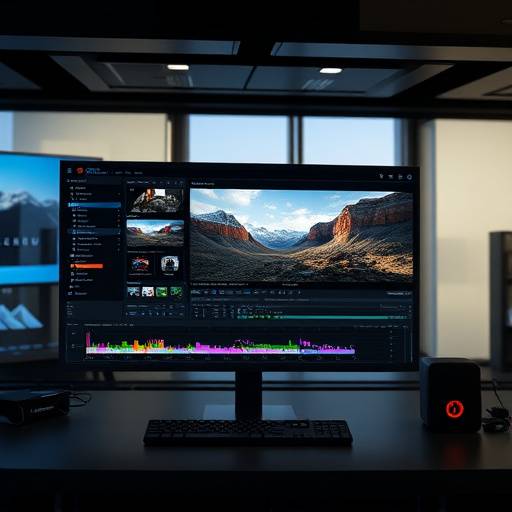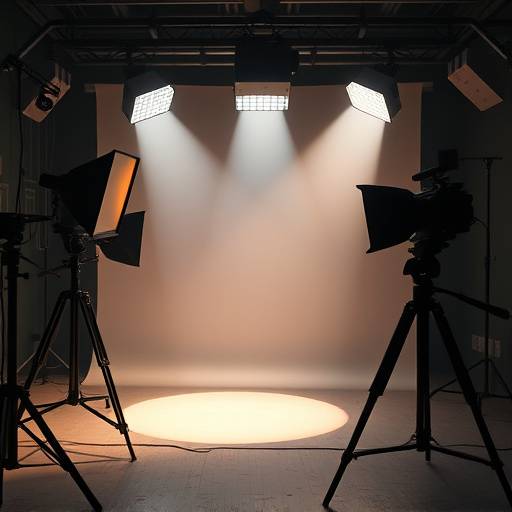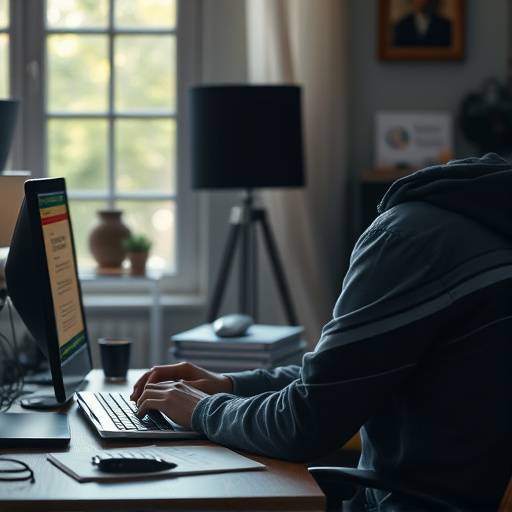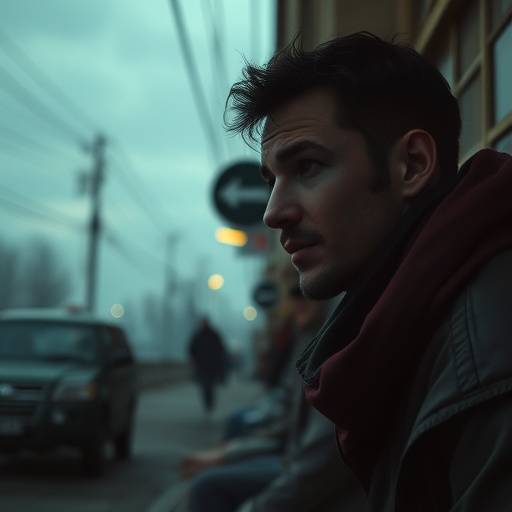CineMastery Insights: The Filmmaking Blog

The Enduring Legacy of Citizen Kane: A Cinematographic Masterclass
Orson Welles's "Citizen Kane" remains a cornerstone of cinematic history, celebrated for its innovative narrative structure, groundbreaking camera techniques, and profound exploration of power and isolation. In this post, we delve into the film's groundbreaking use of deep focus, low-angle shots, and non-linear storytelling, examining how these elements contribute to its enduring impact. We'll also discuss the influence of "Citizen Kane" on subsequent filmmakers and its place in the canon of great American films. The film's exploration of themes such as ambition, loss, and the corrupting influence of wealth continues to resonate with audiences today, making it a subject worthy of continued study and appreciation. From the iconic "Rosebud" mystery to the film's stunning visual design, "Citizen Kane" offers a wealth of insights for aspiring filmmakers and cinephiles alike.

Navigating the Digital Editing Landscape: A Guide for Aspiring Editors
The world of film editing has been revolutionized by digital technology, offering editors unprecedented control and flexibility. This blog post provides a comprehensive overview of the leading editing software platforms, including Adobe Premiere Pro, Final Cut Pro, and DaVinci Resolve. We'll explore the unique features and workflows of each program, highlighting their strengths and weaknesses. Additionally, we'll discuss essential editing techniques such as cutting, trimming, color correction, and audio mixing. Whether you're a beginner or an experienced editor looking to expand your skillset, this guide will equip you with the knowledge and tools you need to succeed in the digital editing landscape. Learn to master the art of pacing, rhythm, and visual storytelling to create compelling and impactful films.

Illuminating the Scene: Essential Lighting Techniques for Cinematographers
Lighting is a crucial element of cinematography, shaping the mood, atmosphere, and visual impact of a film. This post explores essential lighting techniques used by cinematographers to create stunning visuals. We'll cover the principles of three-point lighting, the use of hard and soft light, and the importance of color temperature. Learn how to use lighting to guide the viewer's eye, create depth, and enhance the emotional impact of your scenes. We'll also discuss practical lighting considerations, such as power requirements, safety protocols, and the use of lighting modifiers. Whether you're shooting a low-budget indie film or a big-budget Hollywood production, mastering these lighting techniques will elevate your cinematography and bring your visual stories to life. Discover the secrets to creating cinematic lighting that captivates and engages your audience.

From Idea to Script: A Screenwriter's Guide to Crafting Compelling Stories
Screenwriting is the foundation of every great film. This post offers a comprehensive guide to the art of screenwriting, covering everything from brainstorming ideas to crafting compelling characters and structuring your plot. We'll explore the key elements of a successful screenplay, including premise, theme, conflict, and resolution. Learn how to develop believable characters with clear motivations and goals. Master the art of dialogue and create scenes that are both engaging and informative. We'll also discuss the importance of outlining, pacing, and revision. Whether you're a seasoned screenwriter or just starting out, this guide will provide you with the tools and knowledge you need to write screenplays that captivate audiences and bring your stories to the screen. Unleash your creativity and learn the craft of storytelling through the power of screenwriting.

The Director's Vision: Mastering the Art of Film Directing
Directing a film is a complex and challenging task, requiring a combination of artistic vision, technical expertise, and leadership skills. This post delves into the essential elements of film directing, covering topics such as pre-production planning, working with actors, shot composition, and post-production supervision. Learn how to communicate your vision to the cast and crew, manage the budget and schedule, and make creative decisions that enhance the overall impact of the film. We'll also discuss the importance of collaboration, problem-solving, and adaptability. Whether you're directing a short film, a feature film, or a television series, mastering the art of film directing will empower you to bring your creative visions to life and tell compelling stories that resonate with audiences. Discover the power of visual storytelling through the lens of the director.

Breaking into the Industry: Tips for Aspiring Filmmakers in Los Angeles
Los Angeles is the heart of the film industry, but breaking in can be tough. This guide provides tips for aspiring filmmakers looking to start their careers in LA. Networking events, film festivals, and online communities are your best friend. Start by building your portfolio with short films or assisting on sets. Don't be afraid to take on small roles to gain experience. Learn from industry professionals by attending workshops and Q&A sessions. Stay persistent and patient, and you will achieve your goals. Remember that building relationships is just as important as your technical skills. Attend screenings and support other filmmakers. The LA film community is vibrant, and by engaging, you can be successful.